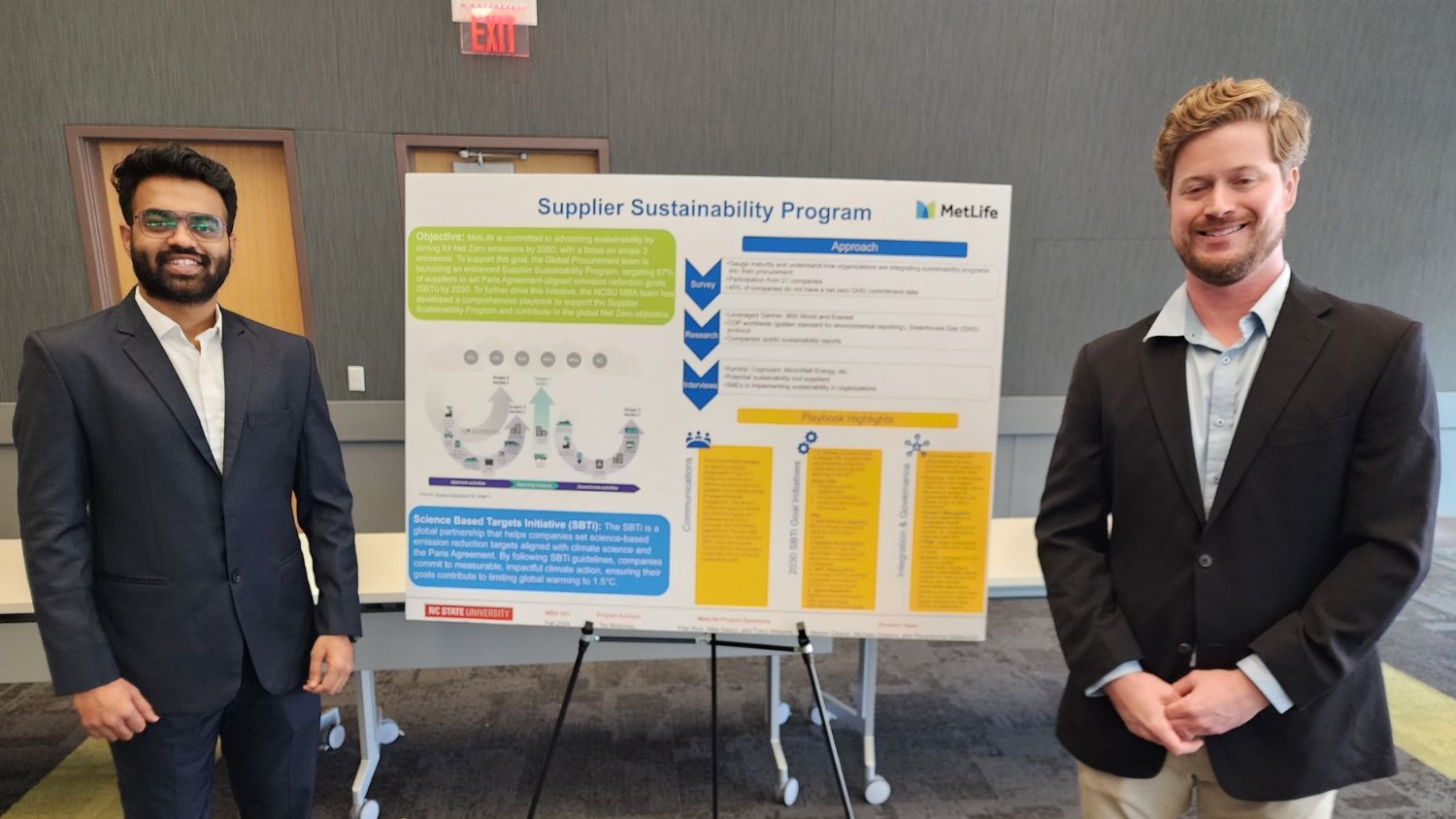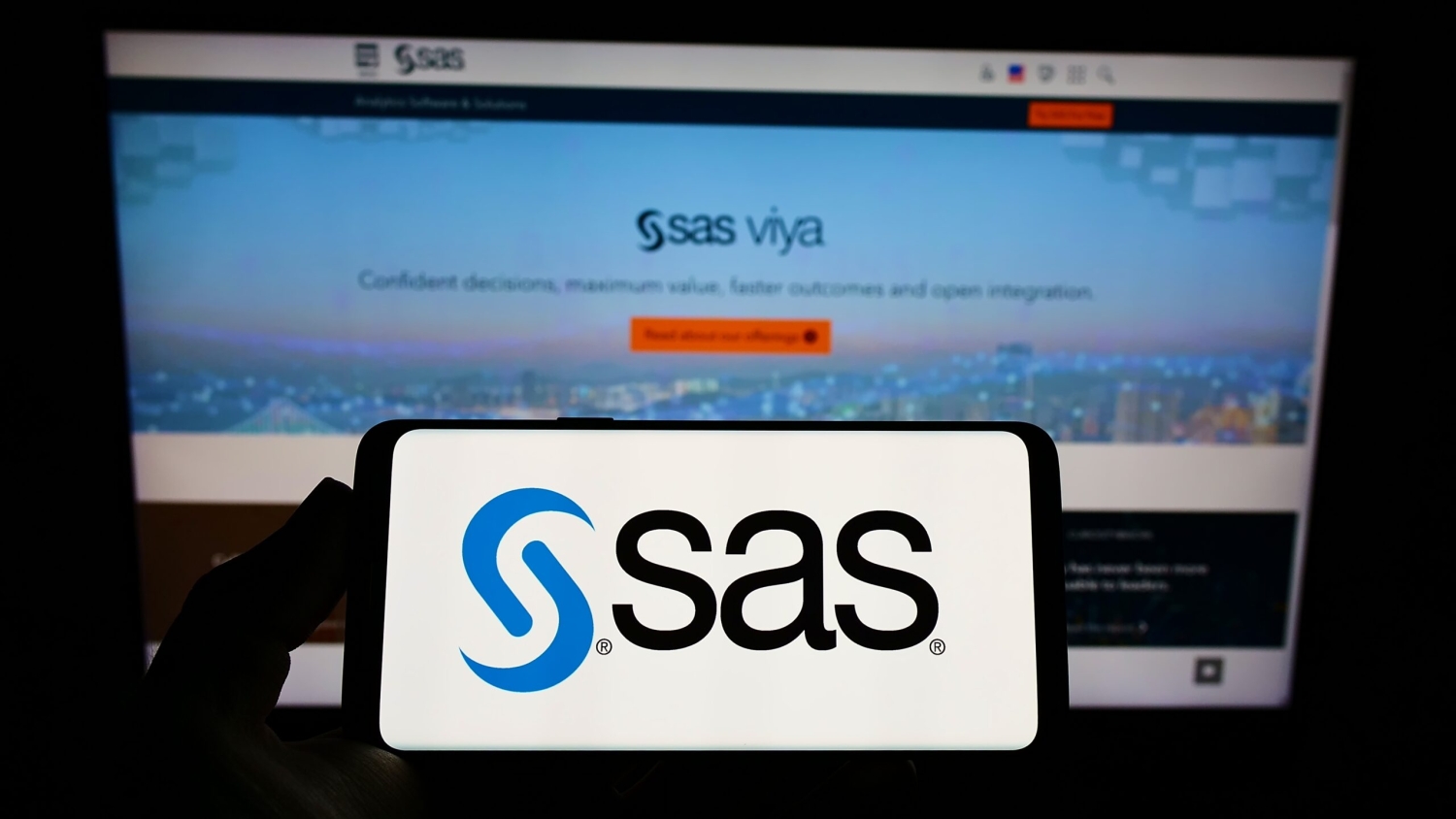Five easy steps for a DIY economic impact anaysis
This post was originally published in the U.S. Roadmap for Material Handling & Logistics and features the work of NC State Jenkins MBA students and Supply Chain Resource Cooperative fellows.
 When North Carolina State University’s Supply Chain Resource Cooperative (SCRC) fellows Dana A. Magliola, Lindsay T. Schilleman and John C. Elliott embarked on an analysis and report (underwritten by MHI) studying the economic impact of North Carolina’s supply chain on the state, one of their first discoveries was that no “how to” recipe existed.
When North Carolina State University’s Supply Chain Resource Cooperative (SCRC) fellows Dana A. Magliola, Lindsay T. Schilleman and John C. Elliott embarked on an analysis and report (underwritten by MHI) studying the economic impact of North Carolina’s supply chain on the state, one of their first discoveries was that no “how to” recipe existed.
“In fact, it almost became two research projects,” recalls Schilleman. “One to figure out how to do a state-level supply chain economic impact analysis, and the second to actually do the analysis itself.”
That’s why the trio—all Jenkins’ masters of business administration (MBA) graduate students at NC State’s Poole College of Management —ultimately dedicated a full seven pages of “Understanding the Economic Impact of North Carolina’s Supply Chain: Conduit for Prosperity and Economic Development,” to a methodology and process overview.
They’ll be detailing that aspect of the report during MODEX 2016 on Monday, April 4 from 1-2 p.m. in Room B208 at the Georgia World Congress Center in Atlanta. Their presentation, “Telling the Story of the Supply Chain: Measuring Economic Impact,” is a part of the MODEX Supply Chain Education Summit.
By including the best practices they noted in other economic impact studies and developing a “how to” guide, the trio hopes that researchers conducting similar analysis in other states will be able to easily reproduce their methodology. “We saw an opportunity to bring all these best practices into a step-by-step, systematic process to help others who might want to undertake their own supply chain economic impact analysis elsewhere,” notes Magliola.
They even included a one-page “cheat sheet,” summarizing the process into “five easy steps.” In order, they are: define and categorize; gather data; run Impact Analysis for Planning scenarios; analyze data; and compile report.
The full report can be accessed here.
- Categories:


